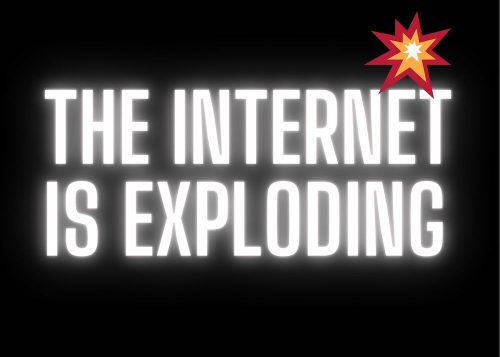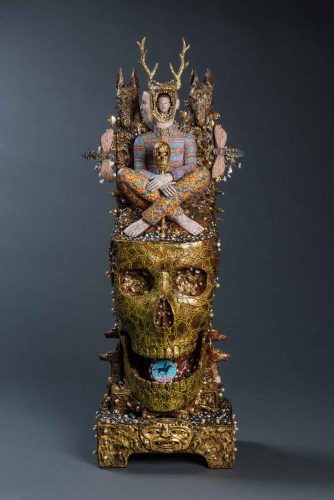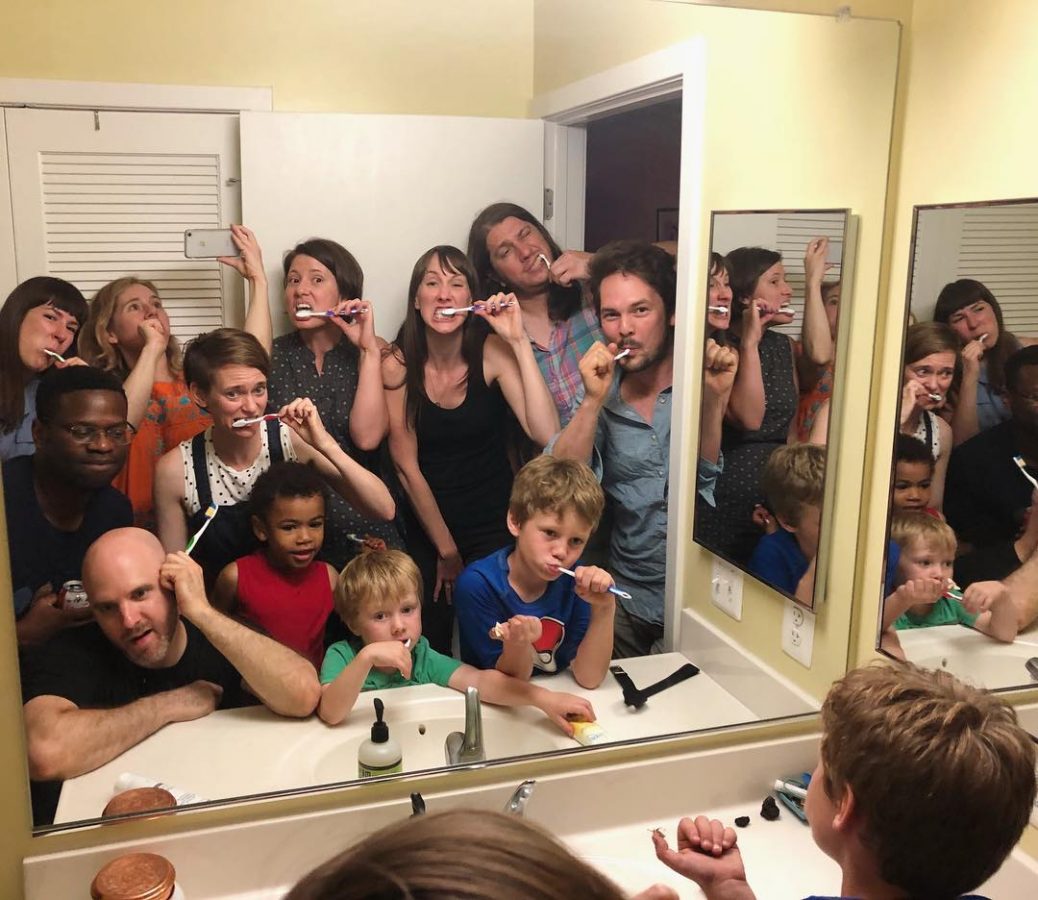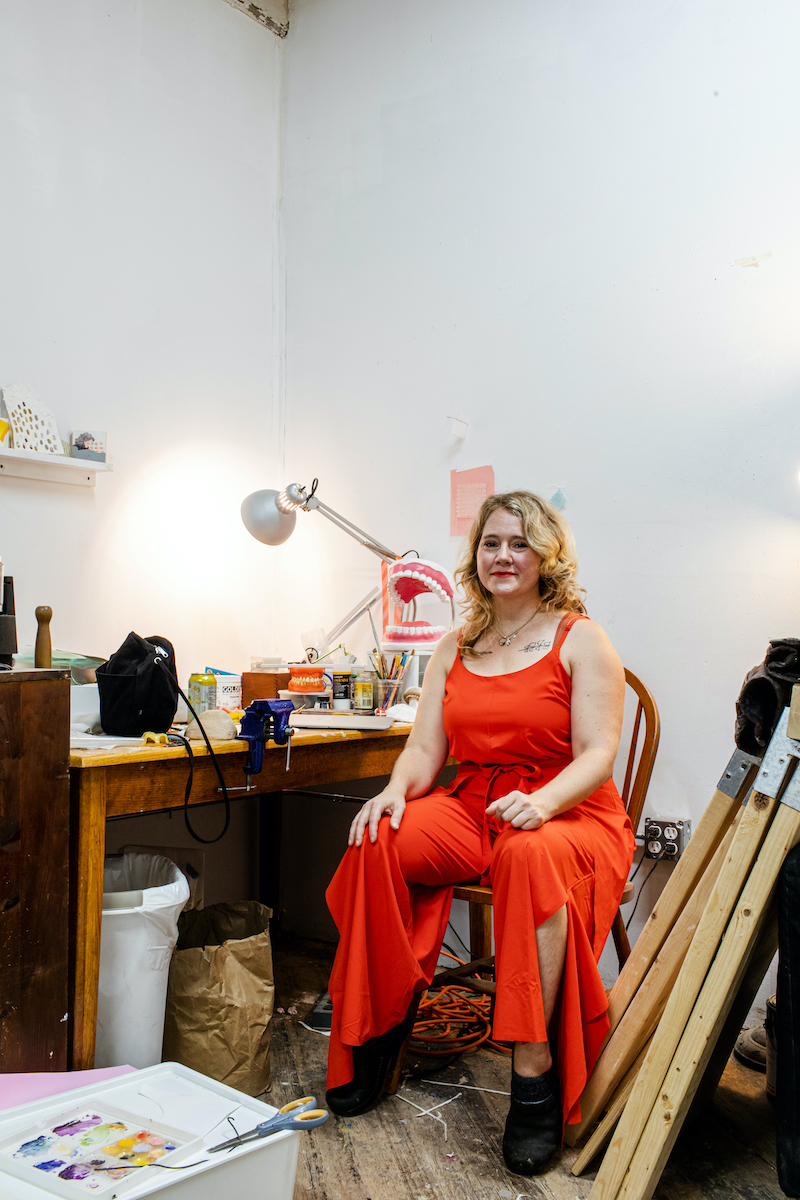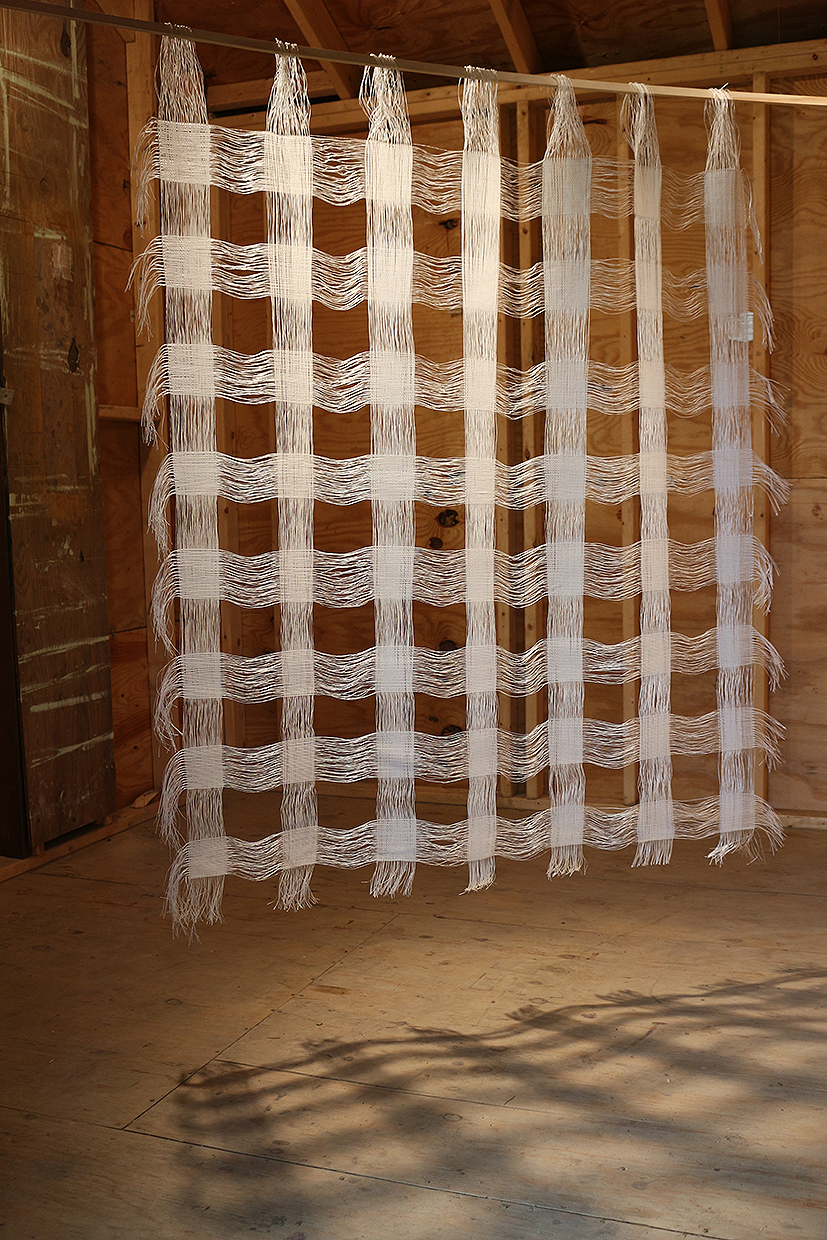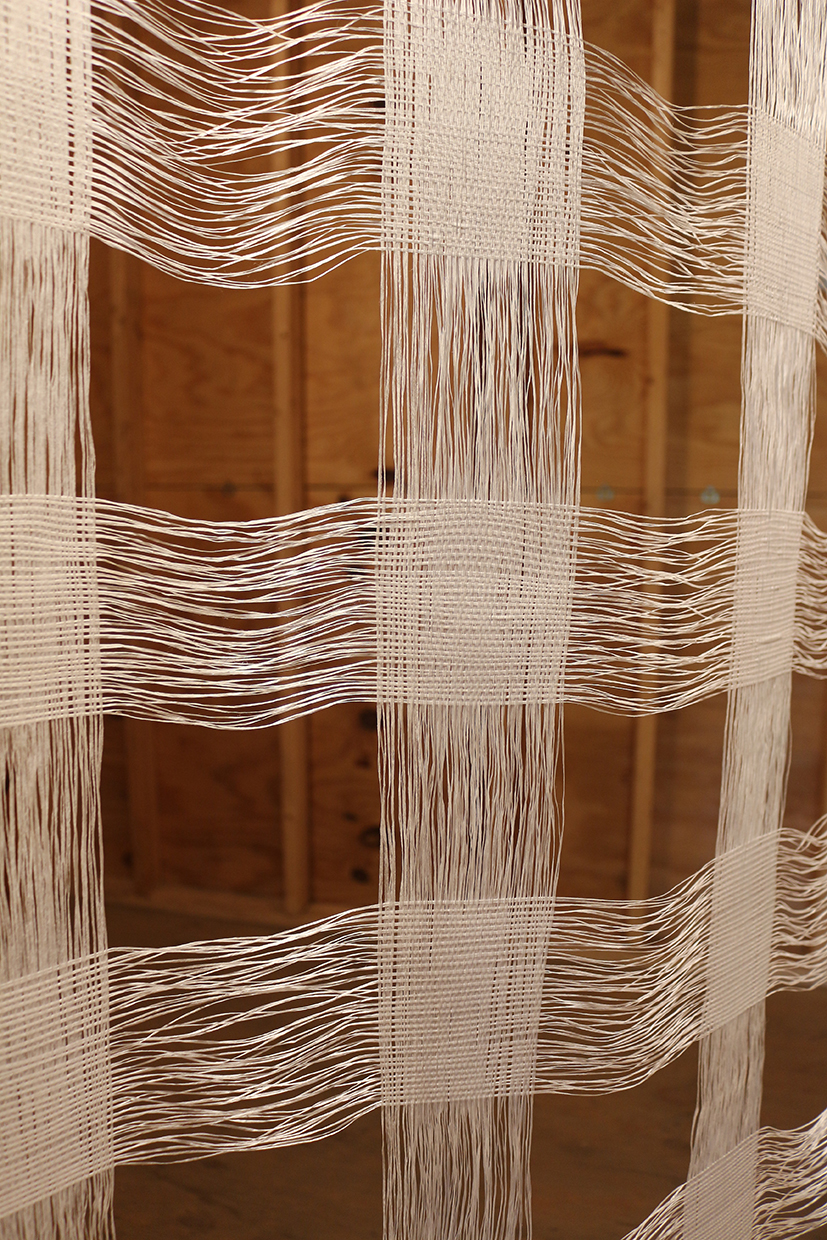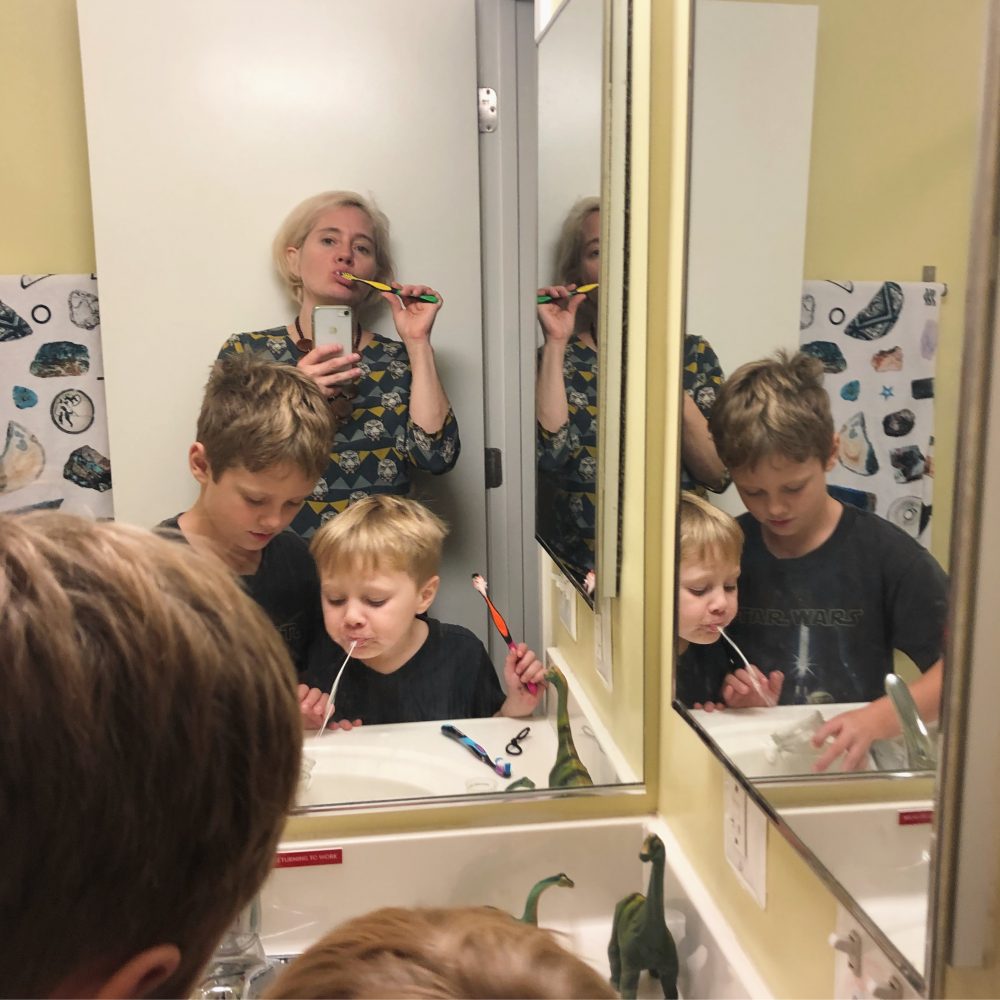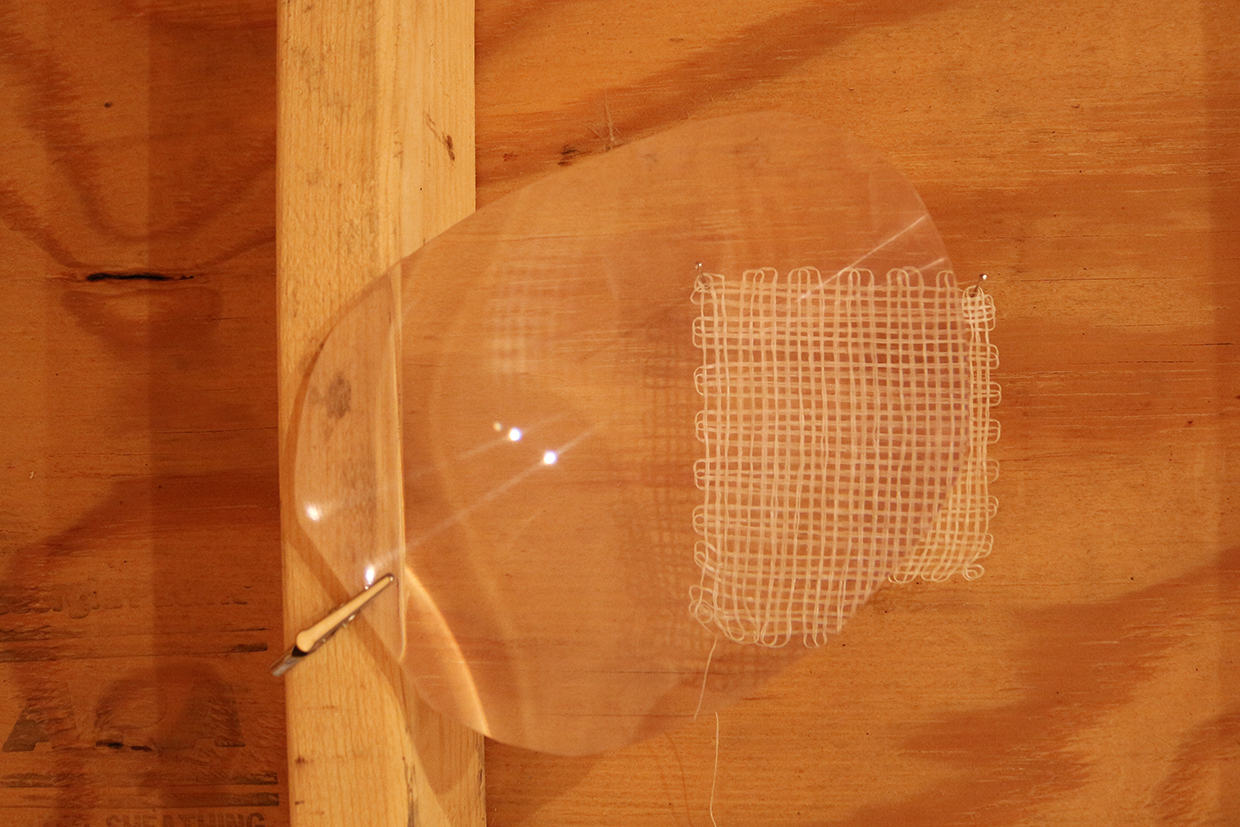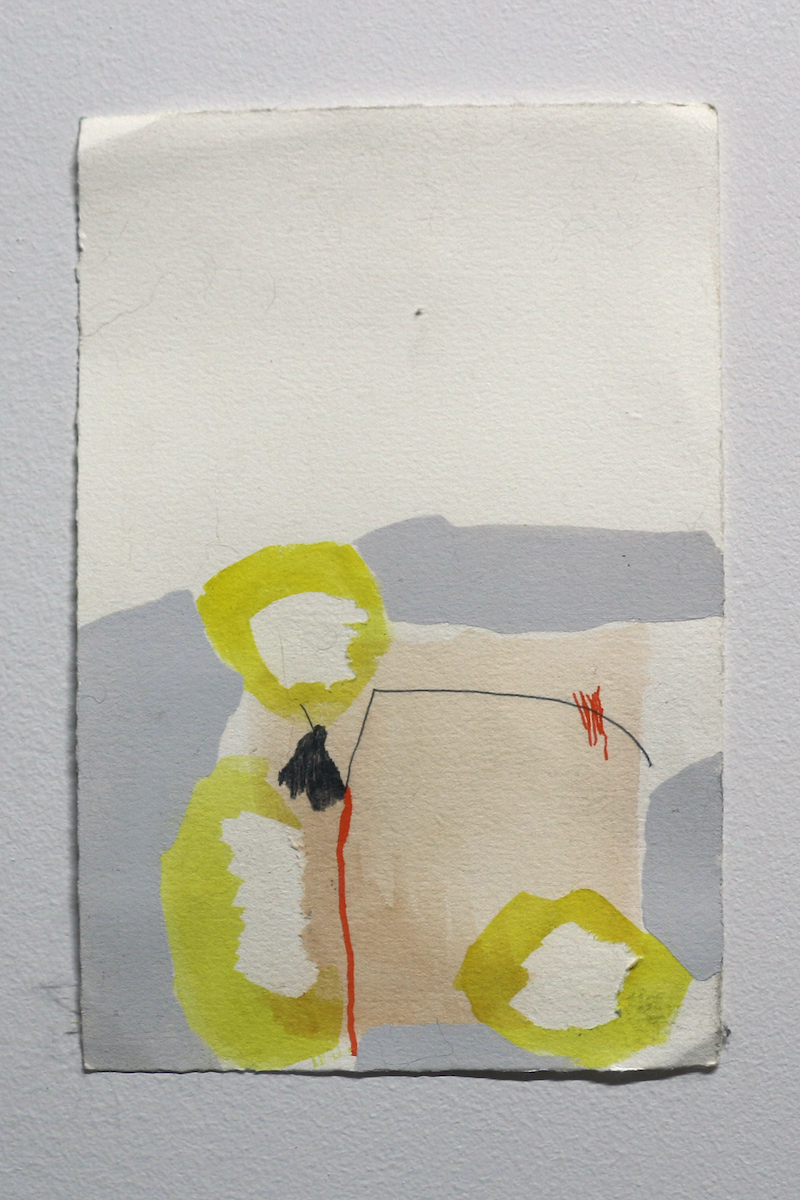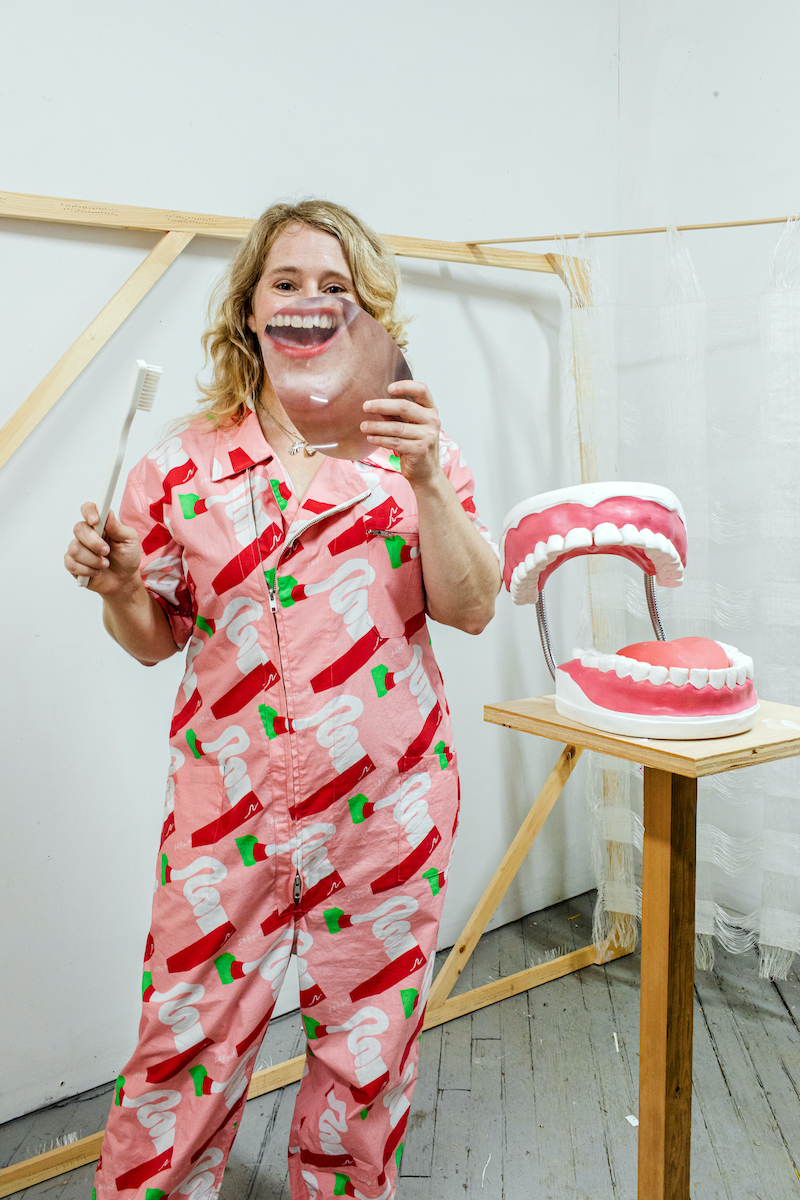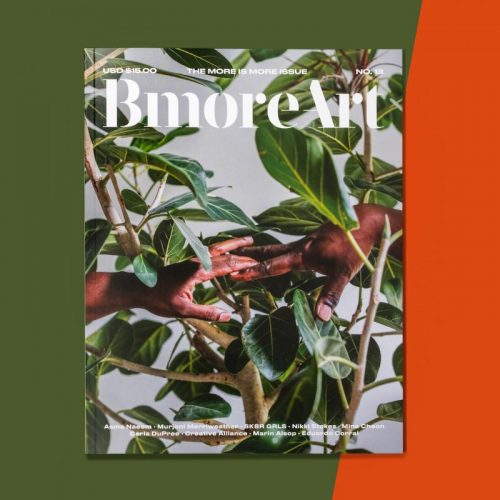Bonnie Crawford will make you cry. At least, she has made me cry on several occasions, and I don’t really consider myself a crier unless I’m watching a movie where they fridge the mom character in the first scene—which is most Disney animated movies, actually. But Crawford, who describes herself as sensitive, is plainly in touch with the emotional side of being a person, and if you talk to her for any amount of time, you’ll likely get onto a sensitive topic, and well, then the floodgates often open. Talking to Crawford feels like a relief because, honestly, we probably all need a little cry these days.
Crawford makes artwork about the systems and practices surrounding care. As a mother of two, working full time as a manager at the digital marketing firm TBG (The Berndt Group), Crawford worries she has been making less art during the pandemic. “I feel like I’m not making any art right now, and in some ways, that’s a ridiculous thing for me to say because I have this huge collection of new drawings that I’ve made and I’ve been doing little projects here and there,” she says. “I think it is really important for us to set limits on what we’re expecting of each other and ourselves and how we define our work.”
This sense of treading water in the studio is one I’ve heard from other artists throughout the pandemic. Regardless of whether Crawford is actively creating art at the moment or not, it’s clear that she is pushing forward mentally with the ideas she has long been pursuing.
For Crawford, and for most artists, inspiration is everywhere. Even on Twitter. “I love Twitter for its way of distilling things into kind of silly realities,” she explains. She references a tweet noting that “in order to insure your whole head, you have to have three different kinds of insurance. Health insurance, dental, and vision. It’s so weird that we don’t think of our eyes and our teeth as covered under health insurance. But for many people in this country, just having good dental coverage is a luxury.”
Dental health has been a theme for Crawford since 2016 when she began photographing first herself and her children and then others brushing their teeth in bathroom mirrors for her photo series “Brush House.” “The act of caring for one’s teeth is much more layered than just one meaning,” she explains. “That’s true of pretty much anything that you decide to pay attention to.”
